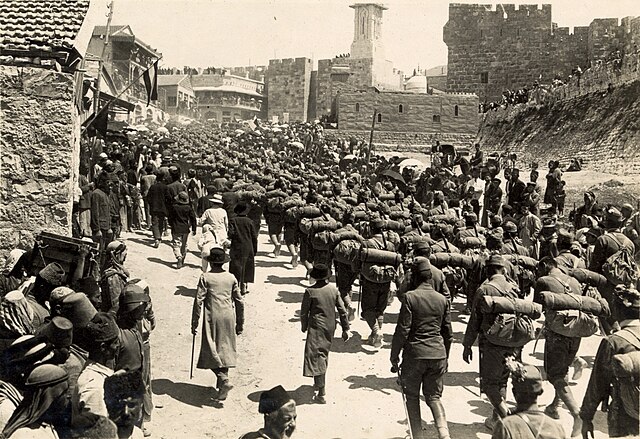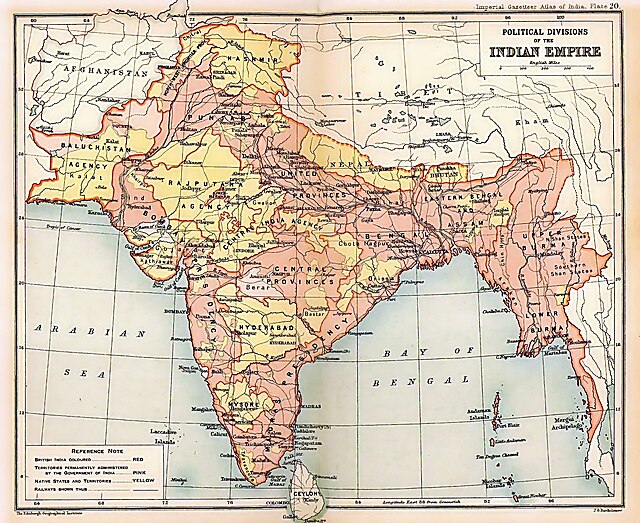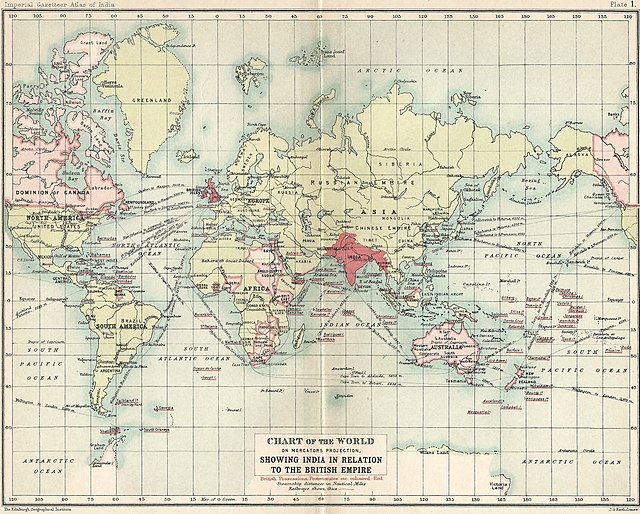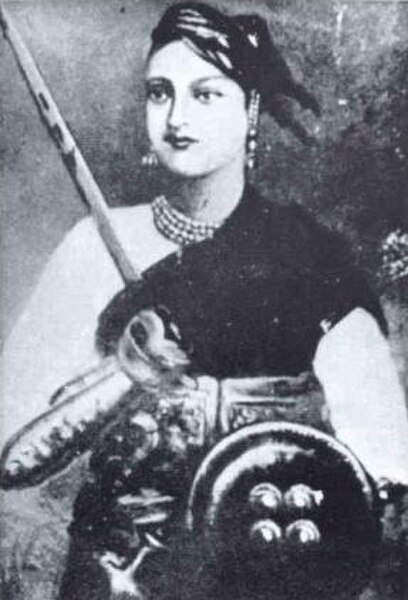Middle Eastern theatre of World War I
The Middle Eastern theatre of World War I saw action between 30 October 1914 and 30 October 1918. The combatants were, on one side, the Ottoman Empire, with some assistance from the other Central Powers; and on the other side, the British as well as troops from the British Dominions of Australia, Canada, and New Zealand, the Russians, and the French from among the Allied Powers. There were five main campaigns: the Sinai and Palestine, Mesopotamian, Caucasus, Persian, and Gallipoli campaigns.
A timeline of events on the Eastern and Middle-Eastern theatres of World War I
The Gallipoli Campaign, February–April 1915
War Minister Ismail Enver of the Ottoman Empire
Austrian troops marching up Mount Zion in Jerusalem, 1916
The British Raj was the rule of the British Crown on the Indian subcontinent; it is also called Crown rule in India,
or Direct rule in India, and lasted from 1858 to 1947. The region under British control was commonly called India in contemporaneous usage and included areas directly administered by the United Kingdom, which were collectively called British India, and areas ruled by indigenous rulers, but under British paramountcy, called the princely states. The region was sometimes called the Indian Empire, though not officially.
Political subdivisions of the British Raj in 1909. British India is shown in two shades of pink; Sikkim, Nepal, Bhutan, and the Princely states are shown in yellow.
The British Raj in relation to the British Empire in 1909
The British Raj and surrounding countries are shown in 1909.
Lakshmibai, Rani of Jhansi, one of the principal leaders of the Great Uprising of 1857, who had lost her kingdom by the Doctrine of lapse








